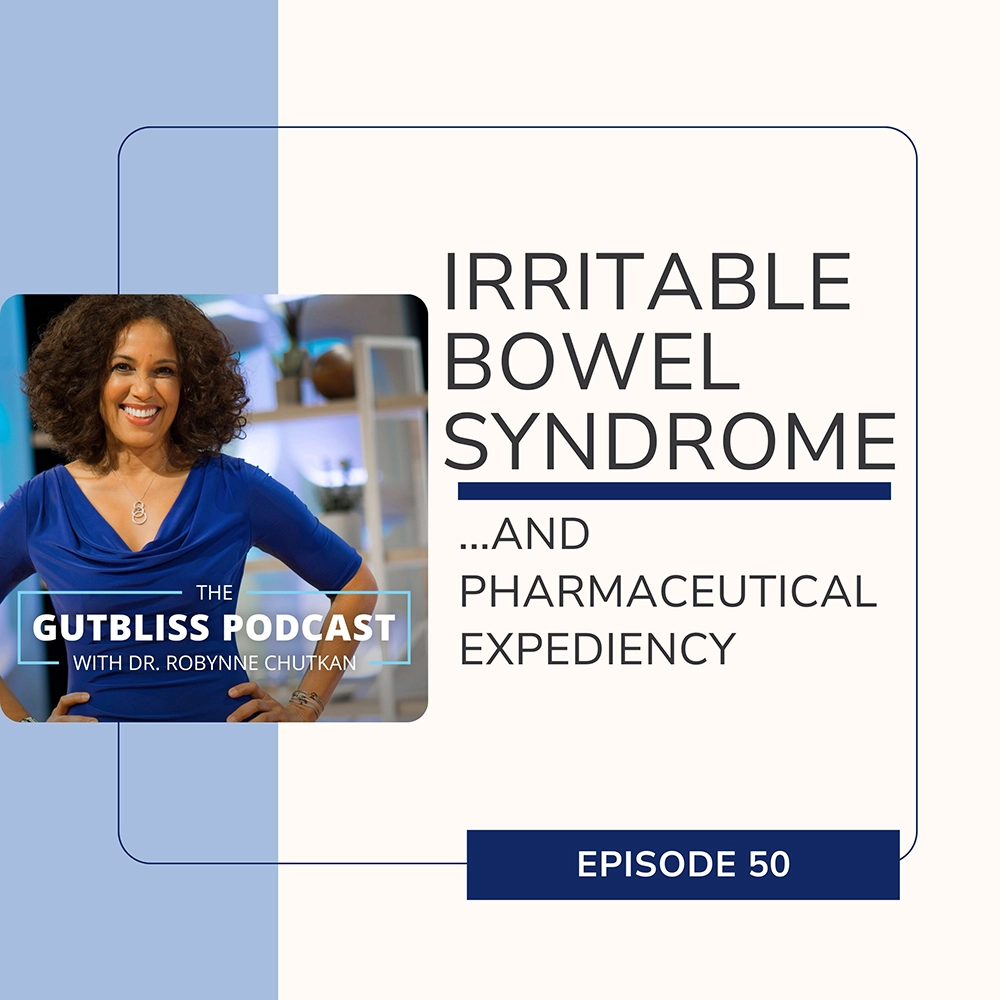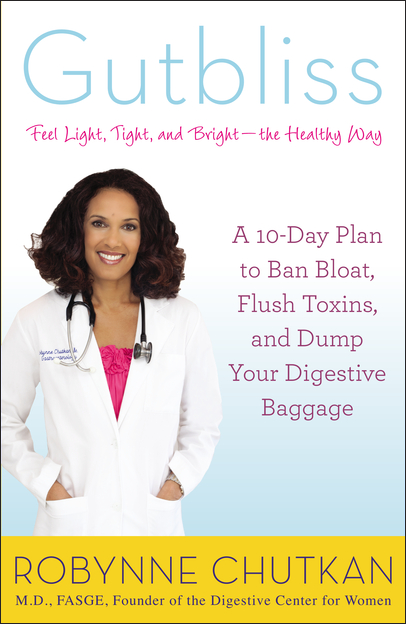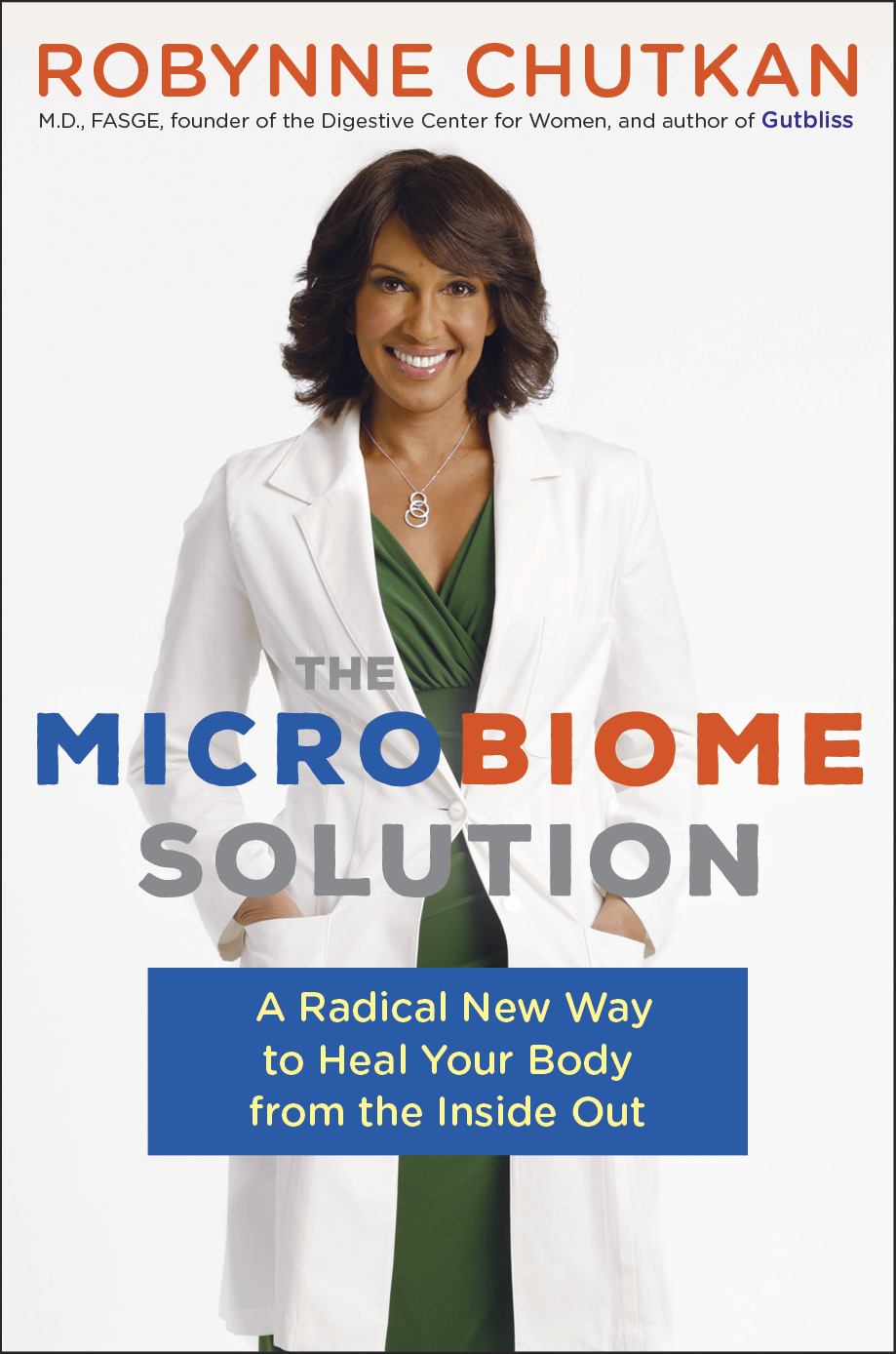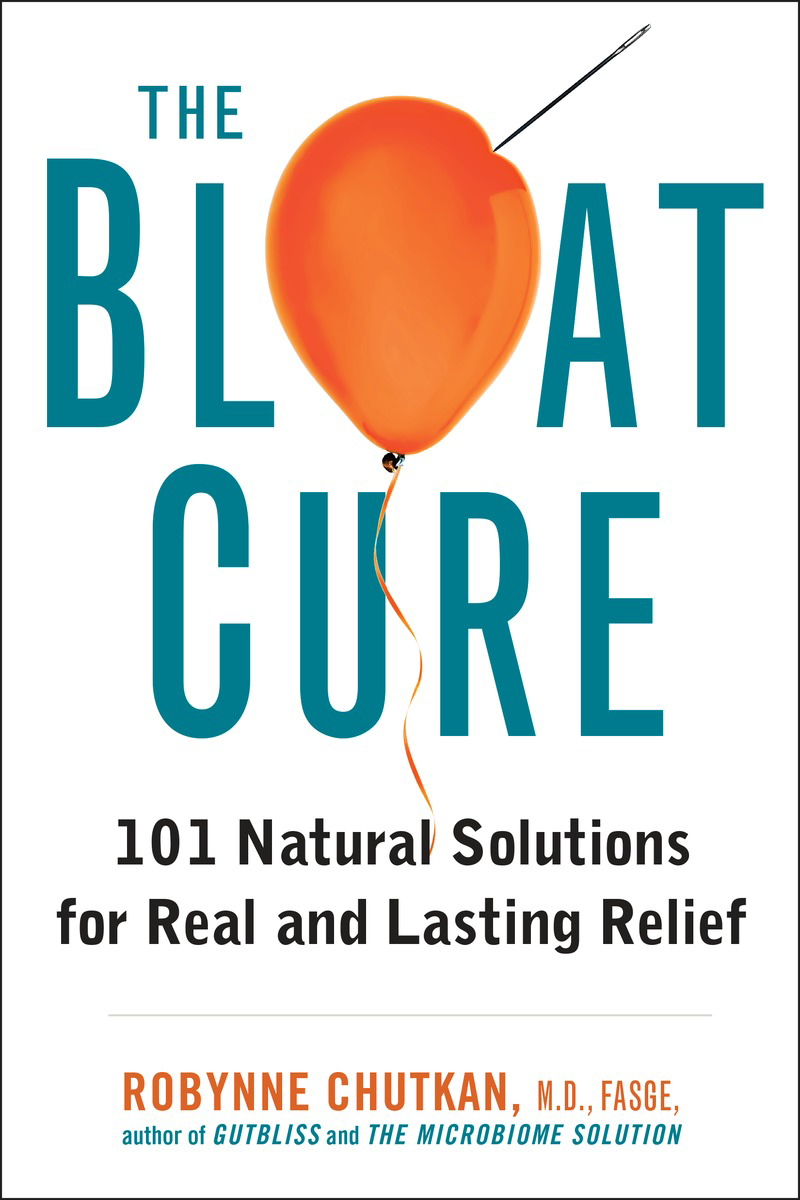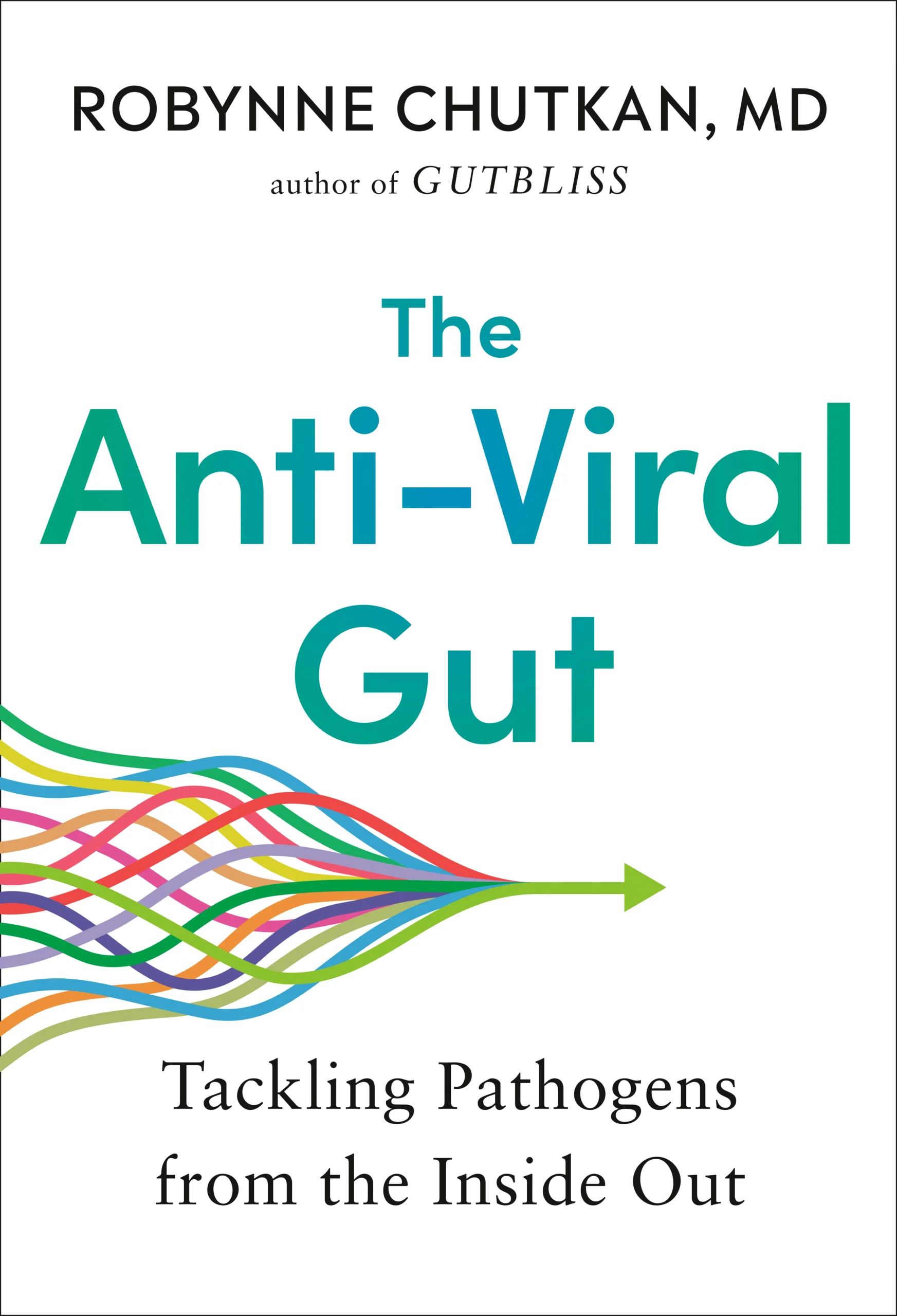On today’s show, I want to tell you about the largest study ever done on the human microbiome. It was published in 2018 by the American Gut Project, a group of researchers at UC San Diego School of Medicine. The goal of the study was to better understand the composition and function of the human microbiome — what types of bacteria are involved, how many, and the impact of diet, lifestyle and disease.
The study included microbial data from more than 11,000 people around the globe, representing 45 different countries. This project and the incredibly important results that it yielded is an example of Citizen Science at its best – everyday people helping to address real-world problems by collecting and contributing their own data. In the words of Rob Knight, one of the co-founders of the American Gut Project: “It’s really amazing that more than 10,000 people — members of the public who want to get involved in science whether or not they work in a lab or have a PhD — have mailed their poop to our lab so that we can find out what makes a difference in somebody’s microbiome.”
So what does make a difference in somebody’s microbiome? Before I answer that question, I want to provide a definition of what the microbiome is for anyone who may be a little less familiar with the science. The microbiome refers to all the organisms that live in or on your body: all of the bacteria, viruses, fungi, protozoa, and helminths (worms, for those of us who have them), as well as all of their genes. You are host to more than a hundred trillion microbes that include thousands of different species—with more than a billion bacteria in just one drop of fluid in your colon alone. Your unique microbial footprint develops over your lifetime, and it reflects everything about you: your parents’ health, how and where you were born, what you’ve eaten (including whether you were breast fed or not), where you’ve lived, your occupation, personal hygiene, past infections, exposure to chemicals and toxins, medications, hormone levels, and even your emotions (stress can have a profound effect on the microbiome). The end result is a microbial mix so distinctive from person to person that yours is a more accurate identifier of you than your own DNA.
Trying to answer the question “what does a healthy microbiome look like?” is like asking “what does a healthy person look like?” The answer is healthy people come in multiple different forms, shapes and sizes. There’s no one height or weight or race or set of genes that defines health. But despite the variety, we still have consensus on what general good health looks like. The World Health Organization (WHO) defines it as “a state of complete physical, mental and social well-being and not merely the absence of disease or infirmity.” I like this more holistic definition because it encompasses not only physical well-being but also mental and social aspects, and acknowledges that health is dynamic and changing, but still involves balance and equilibrium. And most importantly, it goes beyond lab data and metrics to emphasize that good health means you are functioning optimally and living a fulfilling life. So what about a healthy microbiome? What does that look like? When we come back.
A member of the Hadza tribe, nomadic hunter-gatherers living in Tanzania, will have a microbiome that is adapted for their environment, and that microbiome is going to look very different from someone living in New York City. But it’s still possible to assess those vastly different microbiomes and say that both our Tanzanian brother and our New York sister are microbially healthy – or not.
And that’s because even without having identified all the thousands of species that live in the human microbiome and allowing for the dynamic nature of a community that is alive and changing all the time, we know what the features of a healthy microbiome are. We know that just like with overall health, a healthy microbiome doesn’t just involve the absence of disease-causing microbes, it also involves the presence of healthy species, and some other really important features, like:
- Diversity: A healthy microbiome has a high level of bacterial diversity, meaning it contains many different species. This diversity is important for digestion, absorption of nutrients, and for your immune system to function properly.
- Resilience: A healthy microbiome is resistant to disruption and can recover to a healthy state after being stressed.
- Production of metabolic byproducts: A healthy microbiome generates certain metabolic byproducts like short chain fatty acids that are associated with critical bodily functions. These products are sometimes referred to as “postbiotics” and the presence of these chemical compounds that the bacteria are making can be even more important than the presence of the bacteria themselves. For example we know that high levels of short chain fatty acids are associated with better outcomes after COVID infection.
OK, what did this global study of over 10,000 people from more than 40 different countries around the world tell us about what a healthy microbiome looks like, keeping in mind the framework I just went over of diversity, resilience, presence of healthy species, and metabolic byproducts? What it told us is something that hundreds of other studies had also concluded, which is that the most important determinant of a healthy microbiome is YOUR DIET, and specifically, the number of different plants in your diet. Why? Because eating a high diversity of plants leads to a high diversity of microbes in your gut, and diversity is critical for a healthy microbiome.
The study found that participants who ate more than 30 different plant foods per week had gut microbiomes that were more diverse than those who ate 10 or fewer types of plants per week. The gut samples of these two groups also differed in the types of molecules present, with higher levels of important metabolic products like SCFAs in people who ate lots of plants.
And the really interesting thing is it didn’t matter how those people identified – whether they were vegetarian or vegan or pescatarian. There were vegans who were eating fewer than 10 plants per week and omnivores who were eating way more than 30. So it’s not about whether you eat meat or not. It’s about how good you are at eating plants. And I see this in my patient population all the time: vegans who are eating lots of ultra processed fake meat and pasta and literally no actual vegetables. And omnivores, or even people on relatively low carb diets, who are eating tons of vegetables along with their animal protein.
I have a lot of friends and colleagues in the plant based community. Wonderful people like Dr Neil Bernard of the Physician’s Committee for Responsible Medicine and Dr Caldwell Esselstyn who has contributed so much to the science. And there are many, many reasons to not eat animals, including ethical concerns about how these animals are treated, as well as the safety of the meat supply. But what I have found in my 30 years of practice is that the most important thing to do, if you are trying to improve the health of your gut, is to EAT MORE PLANTS. And that is exactly what the results of the American Gut Project study showed: people who were eating 30 or more different plant foods per week had a much more diverse and healthy microbiome than those who were eating fewer than 10. We are able to get patients with serious autoimmune diseases off immunosuppressive medications by getting them to eat more plants – even if they are still eating some animal protein. So it’s less about removing things and more about adding in a wide variety of different plant foods that is going to make you and your microbes healthier.
Not surprisingly, the study found that antibiotics had a major negative impact on the microbiome, and that eating a lot of plants also protected you from antibiotic resistance. That’s probably because people who eat fewer plants are eating more meat from antibiotic-treated animals or processed foods with antibiotics added as a preservative, and that favors the survival of antibiotic-resistant bacteria.
The study also found that people with mental disorders like depression, schizophrenia, or bipolar disorder tended to have microbiomes that were more similar in composition compared to mentally healthy people, and they also found that specific bacteria may be more common in people with depression. For more on that check out episode 25 of the Gutbliss Podcast The Future of Probiotics.
So what are some of other factors besides diet and antibiotics that can impact your microbiome?
- Exercise: Athletes typically have higher levels of microbial diversity.
- Medications: Medications can contribute to instability in the microbiome (PPIs, steroids, etc.)
- Aging: The microbiome changes throughout a person’s life due to aging, your immune system becoming less active, and other factors, although we have plenty of new scientific evidence that a more diverse microbiome reduces frailty and can actually slow down aging. Check out the December edition of the Gutbliss blog for more on that.
If you want to dive a little deeper into the specific factors that influence your microbiome and what to do about them, check out episodes 26 and 27 of the podcast on SIBO and Dysbiosis.
Probably the most common question that people have when they hear about this magic number of 30 different plant foods per week is: what exactly does that look like? So I want to remind you that the definition of a plant food isn’t just fruits and vegetables, it’s also whole grains, and nuts and seeds and beans and other legumes, and herbs and spices. And if 30 plants in a week sounds like a lot, let’s think about what you can do with just one bowl of oatmeal in the morning. So you have your oats and then maybe you add some chopped walnuts, some blueberries, raisins, pumpkin seeds. I like to put a little shaved coconut on top. Some cinnamon. We’re already up to 7 different plants! When I’m making a rice bowl I usually start with brown rice and then I’ll add some chopped cabbage, celery, broccolini, as well as sauteed onion, garlic and leeks. And typically some sort of legume like lentils. So that’s 8 in a simple rice bowl – and of course you’re welcome to add some animal protein to that also. So between the oatmeal and the rice bowl, we’re at 15, which is more than half your goal for the week of 30 different plants.
The key is variety. Don’t get stuck in that rut of peas, carrots and broccoli in heavy rotation. One big thing that helps is shopping at the farmer’s market because you end up eating based on what’s available throughout the different growing cycles of the year. And it encourages you to try different things, like dandelion greens or rutabaga that you wouldn’t normally purchase at the supermarket because you’re buying the same things every week. And the other critical thing is to make these plants as unprocessed as possible. You don’t get credit for potato chips because that’s generally an ultra-processed food. Same for a fruit roll-up versus an actual piece of fruit, so try and eat the plant in its least processed form.
While the data from the American Gut Project is really important, it’s also important to keep in mind that this is an academic research study, not a diagnostic company. Participants are not getting their microbiomes “tested” for anything, and the results don’t provide medical advice. The goal of the project is to advance microbiome research so that it can be applied to improve human health, but what to do for your health is always a personal decision based on your unique history.
I want to leave you with 3 takeaways about your microbiome:
- The number of different plants in your diet is the most important factor that influences the health of your microbiome. Aim for 30 different plant foods per week
- Don’t stress too much about what else is on your plate. Yes, ultra-processed foods should be absent or no more than 10% of what you’re consuming, but don’t get sidetracked trying to make that perfect. Focus on getting in those 30 plants every week.
- A common sense approach based on things that you don’t need a scientific study to tell you, like eating a healthy diet, judicious use of medications, making sure you’re getting out in nature, managing stress, staying hydrated, moving your body…. Those things will make a big difference for your health – and the health of your microbiome.
So that’s it for this edition of the Gutbliss podcast on creating a healthy microbiome. Coming up next time – the top 3 things you need to know if you are experiencing acid reflux.



